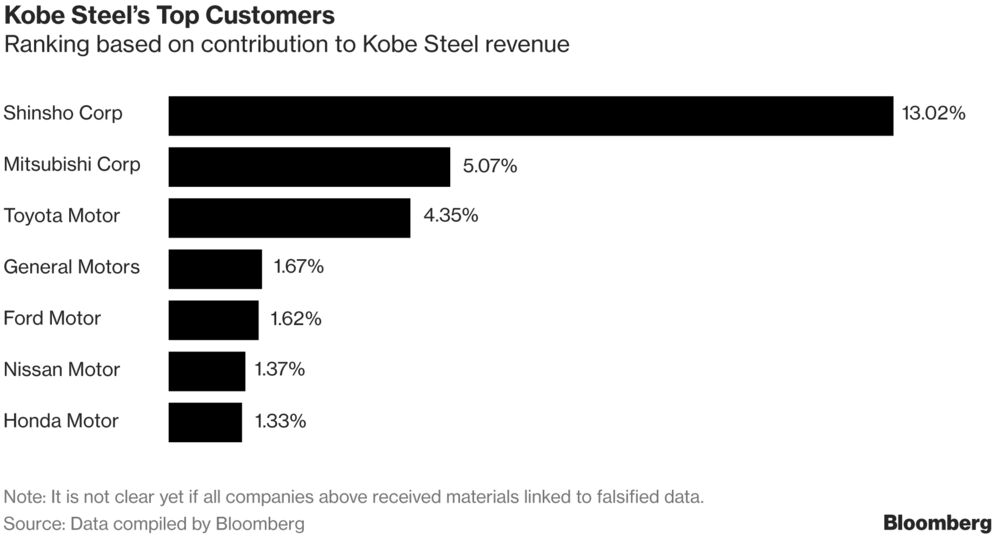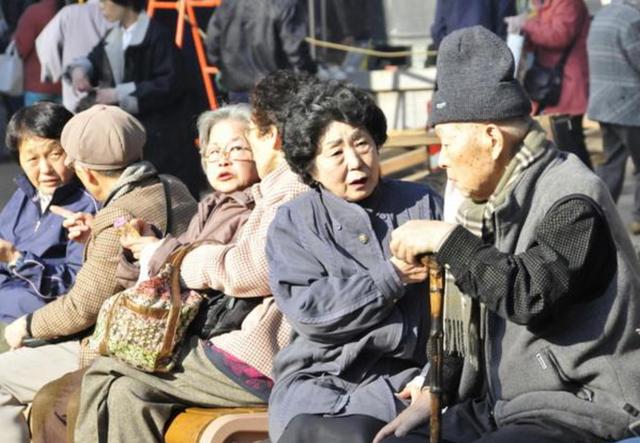RISING SUN
SENIOR MEMBER

- Joined
- Jun 1, 2012
- Messages
- 4,015
- Reaction score
- 0
- Country
- Location
New turbine can harness electricity from ocean currents
Scientists have developed a new turbine that can harness energy from ocean currents to produce low-cost and sustainable electricity.
Researchers from the Okinawa Institute of Science and Technology Graduate University (OIST) in Japan began a project titled "Sea Horse," which aims to harness energy from the Kuroshio ocean current that flows from the eastern coast of Taiwan and around the southern parts of Japan.
It uses submerged turbines anchored to the sea floor through mooring cables that convert the kinetic energy of sustained natural currents in the Kuroshio into usable electricity, which is then delivered by cables to the land.
The initial phase of the project was successful. However, the OIST researchers also desired an ocean energy source that was cheaper and easier to maintain.
Tetrapods concrete structures shaped somewhat like pyramids that are often placed along a coastline to weaken the force of incoming waves and protect the shore from erosion - "Thirty per cent of the seashore in mainland Japan is covered with tetrapods and wave breakers," said Tsumoru Shintake from OIST.
Replacing these with "intelligent" tetrapods and wave breakers with turbines attached to or near them, would both generate energy as well as help to protect the coasts, researchers said.
"Using just one per cent of the seashore of mainland Japan can generate about 10 gigawats of energy, which is equivalent to 10 nuclear power plants," Shintake said.
In order to tackle this idea, the OIST researchers launched The Wave Energy Converter (WEC) project in 2013.
It involves placing turbines at key locations near the shoreline, such as nearby tetrapods or among coral reefs, to generate energy.
Each location allows the turbines to be exposed to ideal wave conditions that allow them not only to generate clean and renewable energy, but also to help protect the coasts from erosion while being affordable for those with limited funding and infrastructure.
The turbines themselves are built to withstand the forces thrust upon them during harsh wave conditions as well as extreme weather, such as a typhoon.
The blade design and materials are inspired by dolphin fins - they are flexible, and thus able to release stress rather than remain rigid and risk breakage.
The supporting structure is also flexible, "like a flower. The stem of a flower bends back against the wind," Shintake said.
The turbines too bend along their anchoring axes. They are also built to be safe for surrounding marine life – the blades rotate at a carefully calculated speed that allows creatures caught among them to escape.
Researchers have completed the first steps of this project and are preparing to install the turbines for their first commercial experiment. The project includes installing two WEC turbines that will power LEDs for a demonstration.
http://www.timesnownews.com/technol...harness-electricity-from-ocean-currents/95313
Scientists have developed a new turbine that can harness energy from ocean currents to produce low-cost and sustainable electricity.
Researchers from the Okinawa Institute of Science and Technology Graduate University (OIST) in Japan began a project titled "Sea Horse," which aims to harness energy from the Kuroshio ocean current that flows from the eastern coast of Taiwan and around the southern parts of Japan.
It uses submerged turbines anchored to the sea floor through mooring cables that convert the kinetic energy of sustained natural currents in the Kuroshio into usable electricity, which is then delivered by cables to the land.
The initial phase of the project was successful. However, the OIST researchers also desired an ocean energy source that was cheaper and easier to maintain.
Tetrapods concrete structures shaped somewhat like pyramids that are often placed along a coastline to weaken the force of incoming waves and protect the shore from erosion - "Thirty per cent of the seashore in mainland Japan is covered with tetrapods and wave breakers," said Tsumoru Shintake from OIST.
Replacing these with "intelligent" tetrapods and wave breakers with turbines attached to or near them, would both generate energy as well as help to protect the coasts, researchers said.
"Using just one per cent of the seashore of mainland Japan can generate about 10 gigawats of energy, which is equivalent to 10 nuclear power plants," Shintake said.
In order to tackle this idea, the OIST researchers launched The Wave Energy Converter (WEC) project in 2013.
It involves placing turbines at key locations near the shoreline, such as nearby tetrapods or among coral reefs, to generate energy.
Each location allows the turbines to be exposed to ideal wave conditions that allow them not only to generate clean and renewable energy, but also to help protect the coasts from erosion while being affordable for those with limited funding and infrastructure.
The turbines themselves are built to withstand the forces thrust upon them during harsh wave conditions as well as extreme weather, such as a typhoon.
The blade design and materials are inspired by dolphin fins - they are flexible, and thus able to release stress rather than remain rigid and risk breakage.
The supporting structure is also flexible, "like a flower. The stem of a flower bends back against the wind," Shintake said.
The turbines too bend along their anchoring axes. They are also built to be safe for surrounding marine life – the blades rotate at a carefully calculated speed that allows creatures caught among them to escape.
Researchers have completed the first steps of this project and are preparing to install the turbines for their first commercial experiment. The project includes installing two WEC turbines that will power LEDs for a demonstration.
http://www.timesnownews.com/technol...harness-electricity-from-ocean-currents/95313










